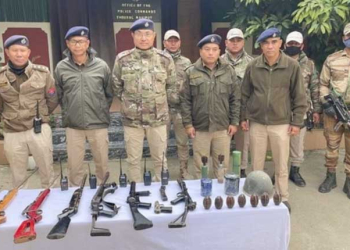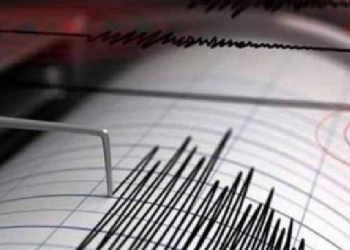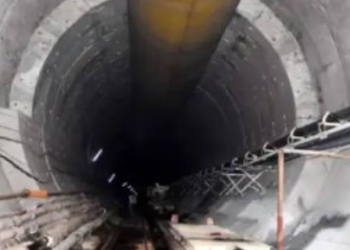New Delhi: To counter any threat from sub-conventional aerial platforms and manned or unmanned flying objects, including drones, the Defence Research and Development Organisation (DRDO) has installed an anti-drone system near the Red Fort, just a day ahead of the country’s 75th Independence Day.
A DRDO official said the system has the capacity to detect and deactivate multiple drones at the same time within a radius of around 4 km with the help of a jammer that has been installed just next to it.
The Intelligence Bureau (IB) recently issued five fresh alerts, warning of a possible terror strike in the national capital and several other cities ahead of Independence Day.
The law enforcement agencies have been warned that terrorists could use IEDs during the flag hoisting ceremony, which will be held at the Red Fort on Monday.
With technological advancements, the terrorists may attack the Red Fort using flying objects. Due to this, it has been suggested to put a complete ban on flying objects, including kites, near the Red Fort.
Keeping in view all such threats, Delhi Police have taken adequate measures on ground to prevent any untoward incident.
“Kite catchers have been deployed with necessary equipment on strategic locations, who will prevent kites, balloons and Chinese lanterns from reaching the function area,” a senior Delhi Police official told IANS.
Besides this, police personnel have been deployed to keep a vigil from the roof tops who will coordinate with the kite catchers. Two rounds of training and briefing have been organised for them for this purpose.
“Announcements have been made from religious places urging people not to fly kites in the area from August 13 to 15,” the official said.
From the security point of view, drones allow an attacker to reach any target in any location without any risk to the operator, and there is an ever-expanding domain of usage, ranging from weapon carriers to espionage tools.
To mitigate and negate the impact of drones, the counter-drone system comes into place.
The system can detect, track and identify drones using multiple sensors, transfer the information to associated systems and enable counter techniques to deny them the intended operation (soft kill) or destroy them (hard kill).
The detection of drones is done with the help of radars and radio frequency based detection systems. The identification is done with the help of electro optic sensor and COMINT. The soft kill is carried out with RF jamming and anti-GNSS technologies, while hard kill uses the help of laser directed energy weapon (DEW).
(IANS)




















